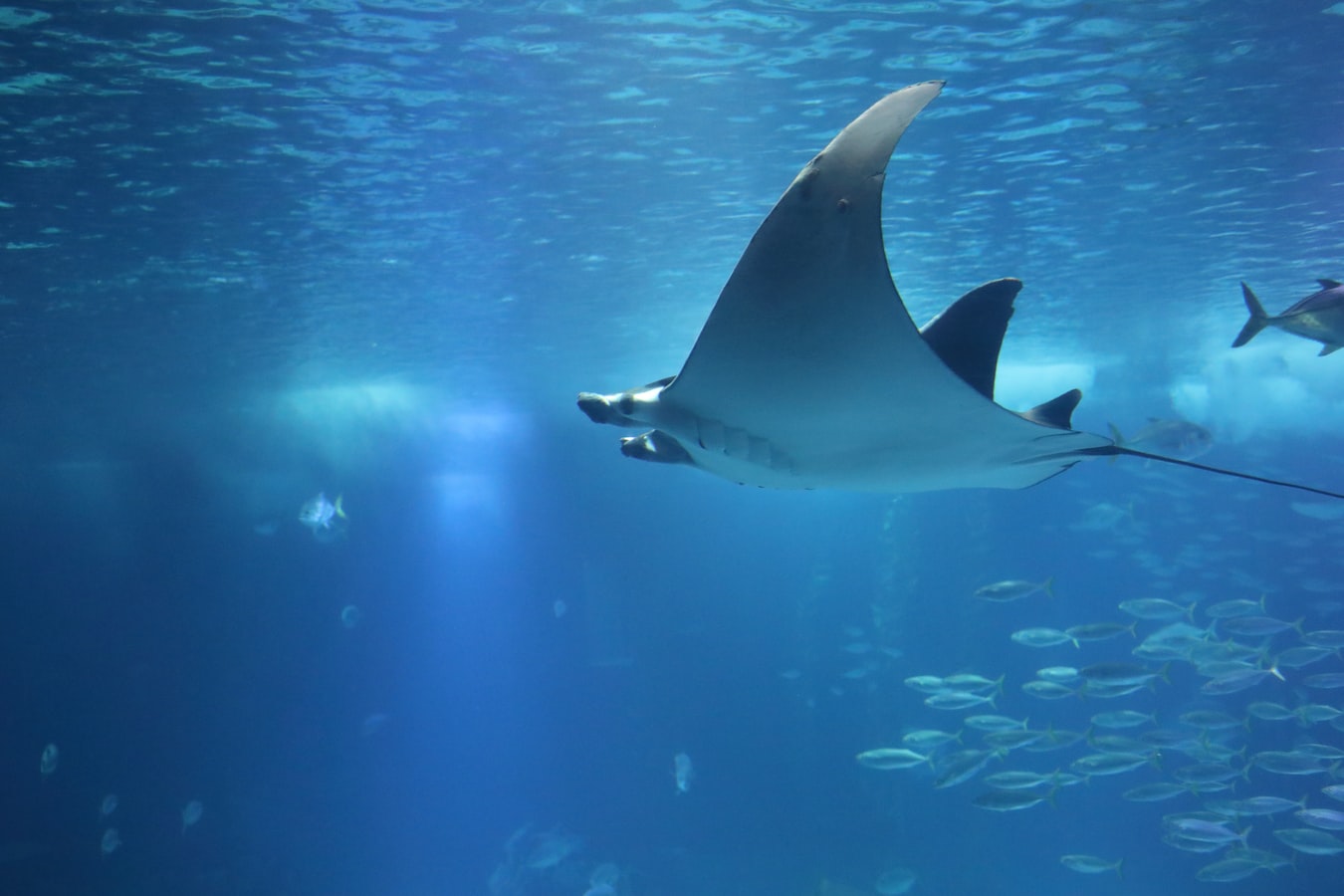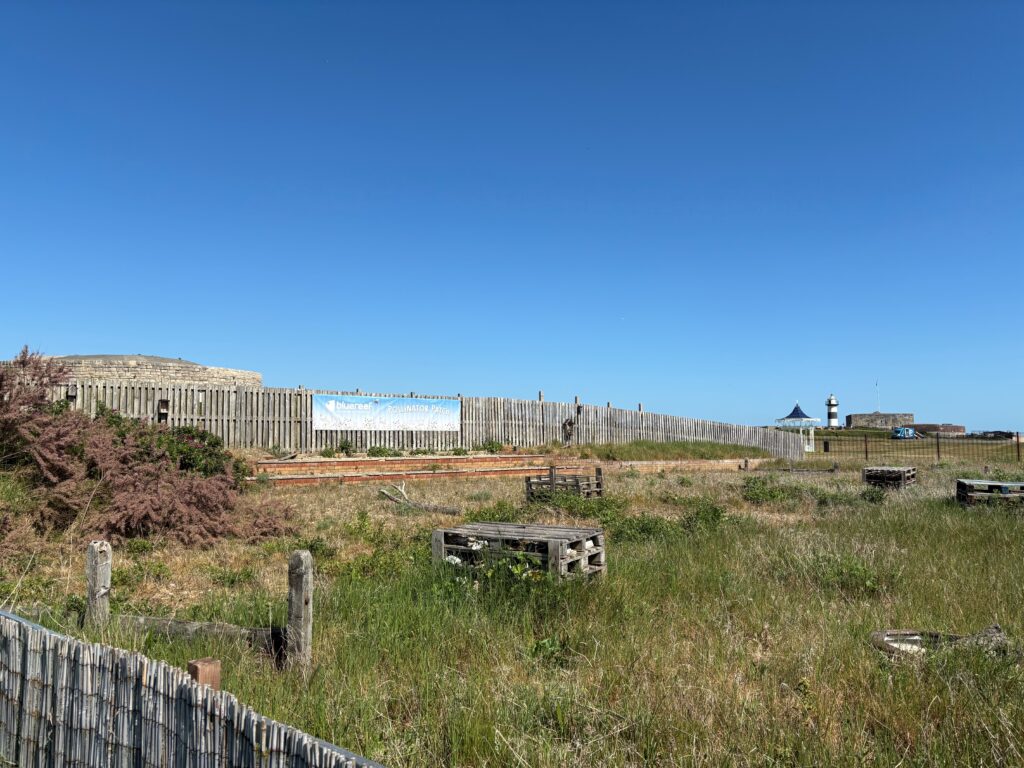
We talk a lot about conservation, but what does it actually mean? While it can involve many complicated initiatives and teamwork from across the world, the definition is simple – we’re working towards protecting the Earth’s natural resources for current and future generations.
Aquariums play an important part in the education of marine animals, raising awareness of the conservation efforts required for their survival. By welcoming visitors to see animals they wouldn’t otherwise get to see in the wild, we hope to inspire the next generation to care for our oceans and the animals that call them their home.
Here at Blue Reef Aquarium Portsmouth, we house many threatened and endangered species, helping to preserve the population of these species and taking part in captive breeding programs to sustain them. As well as creating a captive population, it’s also crucial to learn more about what factors affect breeding, so we know how to help sustain populations in the wild, too.
Importance of conservation
Conservation efforts are important for several reasons, including protecting biodiversity, maintaining ecosystems, preserving habitats and ensuring natural resources remain available for future generations. Conservation initiatives can even help protect endangered species through captive breeding and research.
Endangered species
Some of the ocean’s most endangered species include:
- Axolotl: The IUCN classifies axolotls as ‘critically endangered’ due to factors like water pollution, urbanisation and invasive species.
- Whale shark: Also classified as ‘critically endangered’, there are thought to only be around 1,500 left in the world.
- Giant manta ray: If populations of giant manta rays continue to decline at the current rate, they could become extinct within 50 years.
How is Blue Reef Portsmouth contributing to conservation efforts?
Here at Blue Reef Portsmouth, our marine experts are dedicated to supporting ocean conservation through research, education, and partnerships. We use our visitor attraction as a platform to help raise awareness of issues that face species in the wild.
Blue Reef Portsmouth conservation partnerships
Bird Aware Solent
We often run an event celebrating and promoting awareness of our coastal birds and wildlife around Hampshire. Focusing on conservation issues for protected bird species, we’re proud to educate visitors with updated information at each event.
Hampshire & Isle of Wight Wildlife Trust (HIWWT) partnership
We have an ongoing partnership with HIWWT, who have a vision that in 20 years, local seas and landscapes will be rich in wildlife and valued by everyone.
We’re involved in their Secrets of the Solent project, which aims to establish the unique Solent Marine Protected Areas as recognised marine heritage sites, similar to our national parks. We continue to support the vision by championing our local marine areas and educating visitors about the importance of conservation for these habitats.
Blue Reef Aquarium is also the home to one of the six pieces of artwork, part of the HIWWT campaign ‘Mapping the Solent,’ created by Hannah Horn. These form a map of the Solent, highlighting its natural marine environment and its social and cultural significance.
Pollinator Patch: Native conservation area
What is the Pollinator Patch?

The Pollinator Patch is an area of vegetated shingle, located to the east of our Beach Club outdoor play area. With this area, we aim to maintain a stable habitat that attracts our native wildlife species and educates our visitors on the importance of this unique coastal habitat.
Shingle is a globally restricted coastal sediment. However, here in the UK, there are plenty of shingle beaches across the country, many of which cannot support perennial vegetation. Luckily, here at Blue Reef Aquarium Portsmouth, our local shingle patch can support vegetation and wildlife.
In spring 2022, Hampshire and IOW Wildlife Trust visited to advise on the project, identifying and documenting many of the plant species present. The area was then left unmanaged from summer 2022 to summer 2023 to allow the area to flourish naturally.
We have now implemented structures to create shelters for invertebrates in the area. These structures have been built from reclaimed pallet wood and packing materials. Sheet metal has also been laid to create basking areas to attract native reptile species such as the sand lizard. Additionally, a sunken log has been dug to create a rain dependent water source for aquatic and semi-aquatic plants and invertebrates. Finally, nesting boxes and other ‘insect hotels’ have been added along the rear fence to attract birds and invertebrates.
Identified plant species in the Pollinator Patch
So, which species have been identified in our Pollinator Patch? Here’s what we’ve spotted so far:
- Creeping rye grass, knapweed, ragwort, ribwort (Good for pollinators: butterflies, crickets, grasshoppers, beetles, flies)
- Yellow horned poppy, creeping thistle(food for wild birds)
- Beach rose, sea beet, sea purslane, common mallow, birds foot trefoil, rock samphire, lichens (Other native plants that are good for the habitat)
Reduced plastic and increased recycling efforts
We continuously strive to reduce the usage of single-use plastics in and around Blue Reef Aquarium Portsmouth.
Gift shop
Plastic items in our gift shop have been significantly reduced in recent years, with a focus on stocking items made from recycled materials.
Bottle refill scheme
We have a bottle refill scheme offering visitors a point in our site café to refill their water bottles free of charge.
5 conservation actions you can do
1. Only choose responsibly caught fish
It’s important to only choose responsibly caught fish wherever possible, whether you’re eating at a restaurant or buying from a supermarket. Sustainable fishing practices are in place to prevent overfishing and declining populations of vulnerable marine species. Check out the Marine Conservation Society Good Fish Guide on which fish to choose and which to avoid.
2. Buy products with little-to-no packaging or recycled packaging
Around 80% of household waste is actually recyclable, so we should all try to buy things that come in recycled packaging, or with as little packaging as possible. Then, once you’re done with the item, recycle as much as possible!
3. Respect wildlife and their habitat
It’s one thing to be interested in wildlife, but you should always be sure to keep a distance and respect their habitats. While you can definitely have fun learning about the creatures on land and in our waters, it should never be at their expense.
4. Get creative and support local wildlife
Building habitats where wildlife can thrive is important for conservation. So, whether you get creative and build a bug house in your garden or simply set up a bird feeder, whatever you can do to give back to the local wildlife helps more than you might think.
5. Volunteer at a local charity
Volunteering to help at a local conservation charity is a great way to get involved, getting hands-on experience working alongside the experts, helping protect our planet every day. From habitat restoration projects to wildlife surveys, you can learn more about how to have a meaningful impact.
Hampshire and the Isle of Wight Wildlife Trust post a variety of volunteering opportunities throughout the county for anybody to get involved in.
To learn more about the importance of conservation and our efforts here at Blue Reef Aquarium Portsmouth, book your next visit here!
/cont
